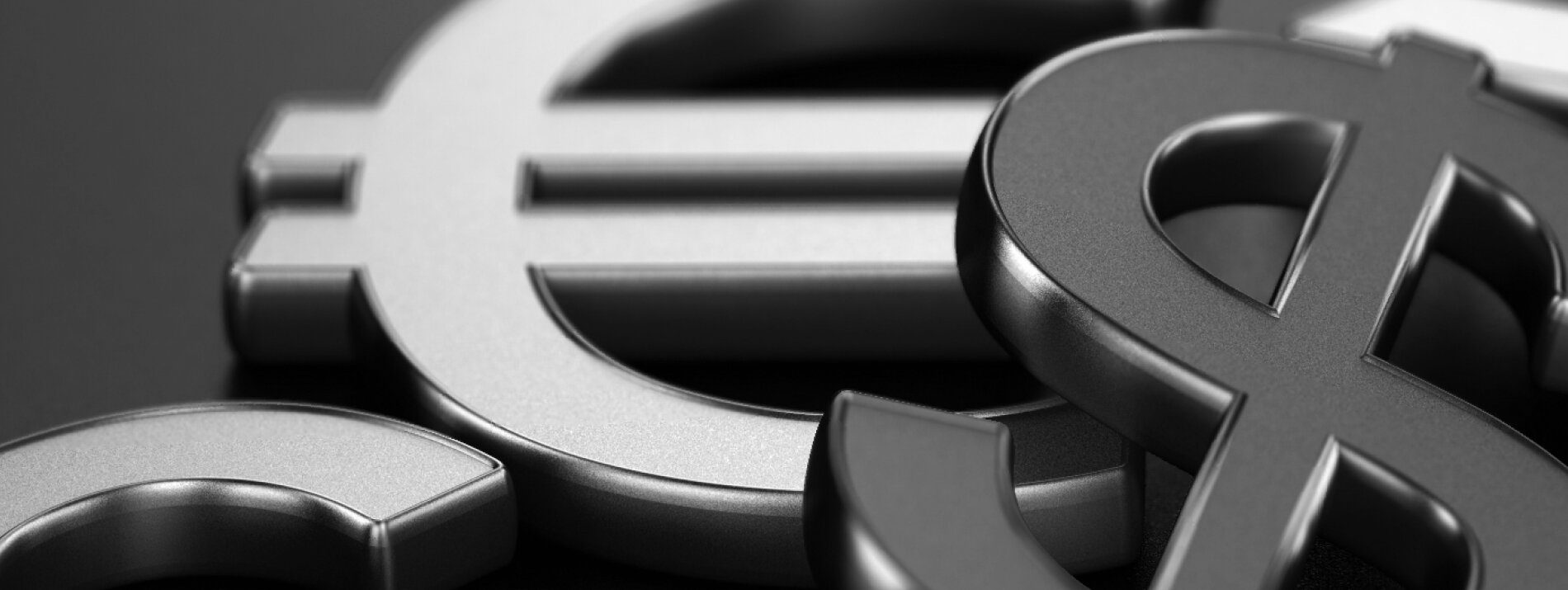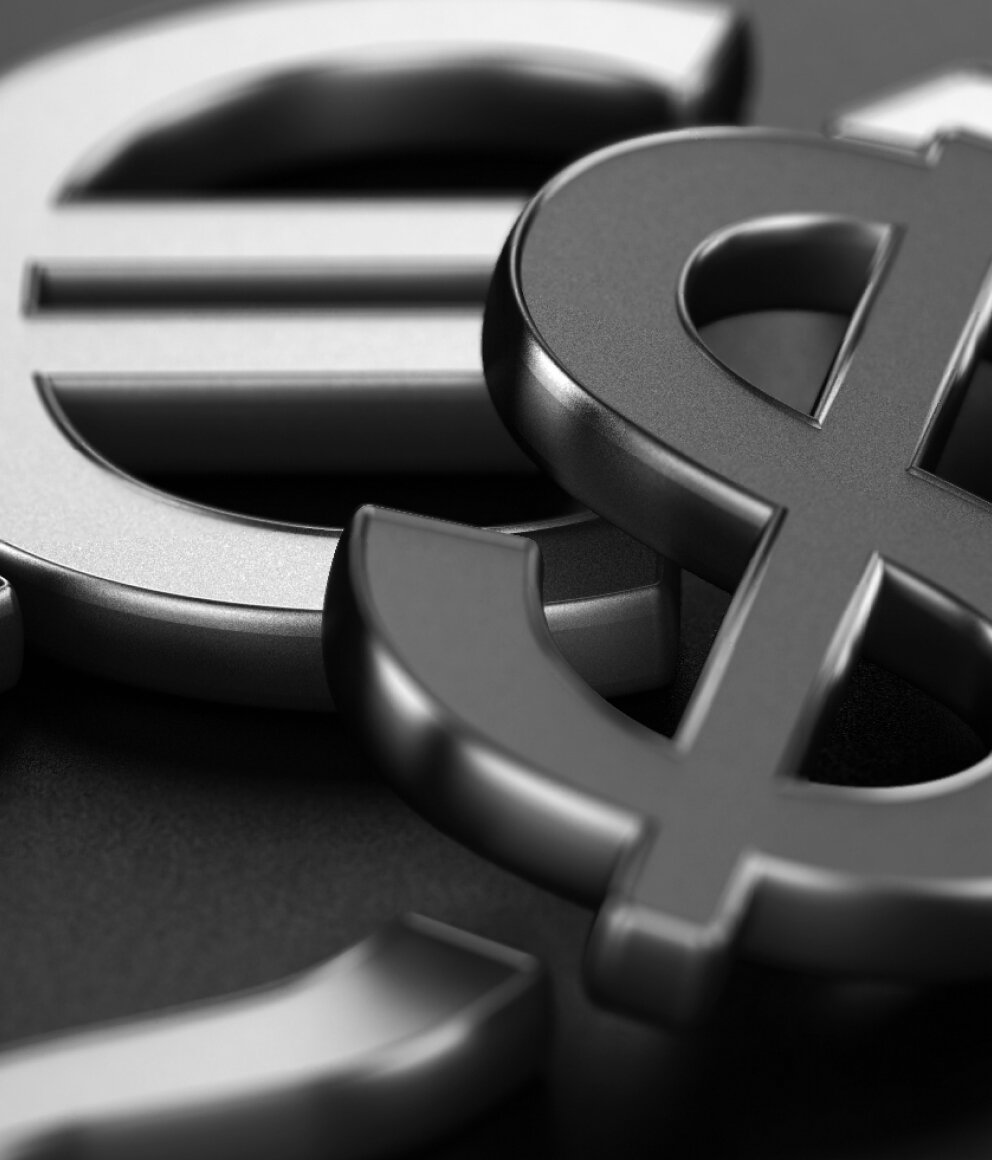

Slippage, market gaps and how they can affect your orders
- Home
- Help & Support
- Slippage, market gaps and how they can affect your orders
Navigating the world of trading can be complex, with various factors influencing the execution and outcome of your orders. Two critical concepts every trader should understand are slippage and market gaps. In this article, we will delve into the intricacies of slippage and market gaps, explaining what they are, why they occur, and how they can impact your trading activities.
What is slippage?
Slippage is a situation where an order is executed at a price that's different from the requested price. This happens when the bid or ask price changes in the milliseconds between the time the trader requests to execute the market order and the time the order is executed.
Is slippage good or bad for a trader?
Slippage can be either positive or negative. While some traders favour a more stable trading experience, slippage isn't always negative, as there is also the possibility for your order to have positive slippage.
Positive slippage
Positive slippage happens when an order is executed at a better price than the requested price. Let's consider the following example.
Withdrawal Conditions
- Account Verification: Before initiating a withdrawal, IBs must ensure their profile is fully verified. Unverified accounts may experience delays or limitations on withdrawals.
- Payment Fees: The company does not charge any fees for withdrawals; however, certain payment systems may apply transaction fees. It is important to review the terms of the chosen provider.
- Rewards can only be withdrawn after they are credited to the wallet. Rewards that are still being processed cannot be withdrawn until they are fully credited.
Negative slippage
Negative slippage happens when an order is executed at a higher price than the requested price.
A trader placed BUY limit for EURUSD at 1.12000 when the market ASK price is 1.13000. When the ASK price dropped to 1.12000, the BUY limit order is triggered and sent for execution. However, due to high market volatility, the price 1.12000 becomes unavailable and the next available price is 1.13000, so the market BUY order will be executed at 1.13000 (a less favourable price).
As such, the order has been executed with a negative slippage of 100 pips.
Overall, Alpari has more positive slippage cases than negative slippage ones.
What is slippage?
A trader placed BUY limit for EURUSD at 1.12000 when the market ASK price is 1.13000. When the ASK price dropped to 1.12000, the BUY limit order is triggered and sent for execution. However, due to high market volatility, the price 1.12000 becomes unavailable and the next available price is 1.13000, so the market BUY order will be executed at 1.13000 (a less favourable price).
As such, the order has been executed with a negative slippage of 100 pips.
Overall, Alpari has more positive slippage cases than negative slippage ones.
Negative slippage
A trader placed BUY limit for EURUSD at 1.12000 when the market ASK price is 1.13000. When the ASK price dropped to 1.12000, the BUY limit order is triggered and sent for execution. However, due to high market volatility, the price 1.12000 becomes unavailable and the next available price is 1.13000, so the market BUY order will be executed at 1.13000 (a less favourable price).
As such, the order has been executed with a negative slippage of 100 pips.
Overall, Alpari has more positive slippage cases than negative slippage ones.
Note: Limit and stop orders will always be executed based on the next available price when the requested price is not available. As a result, pending orders may also be executed with slippage.
